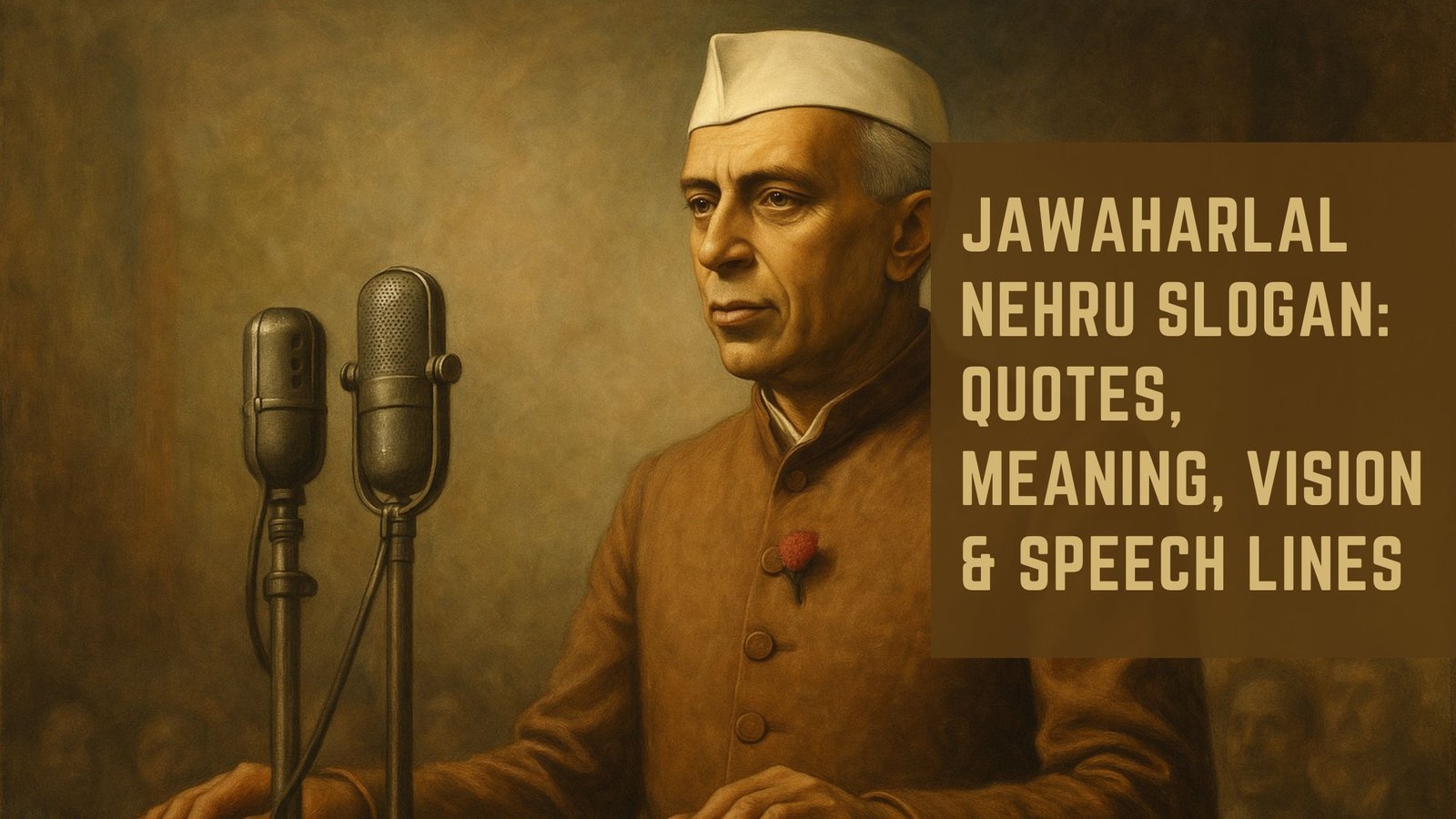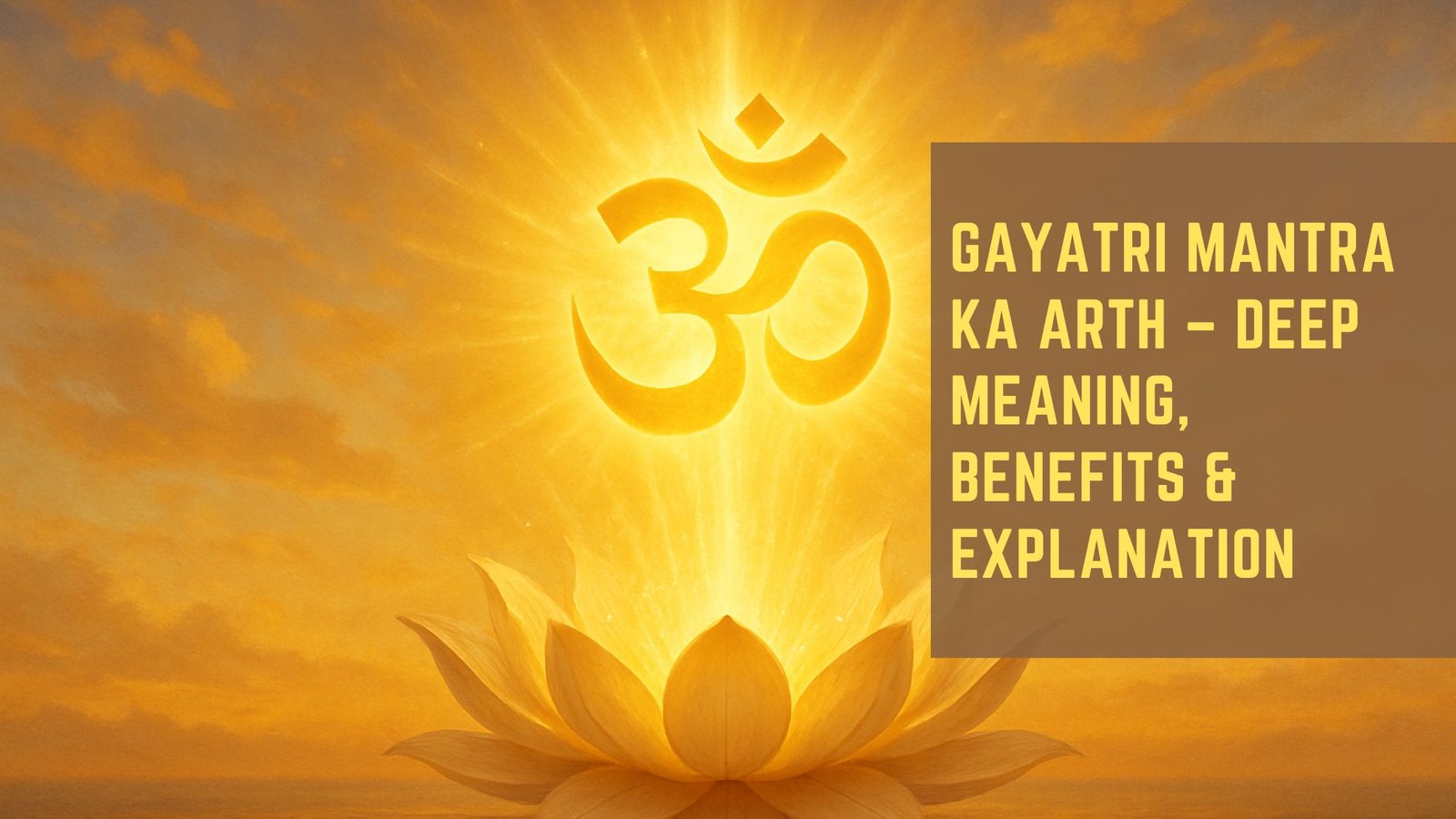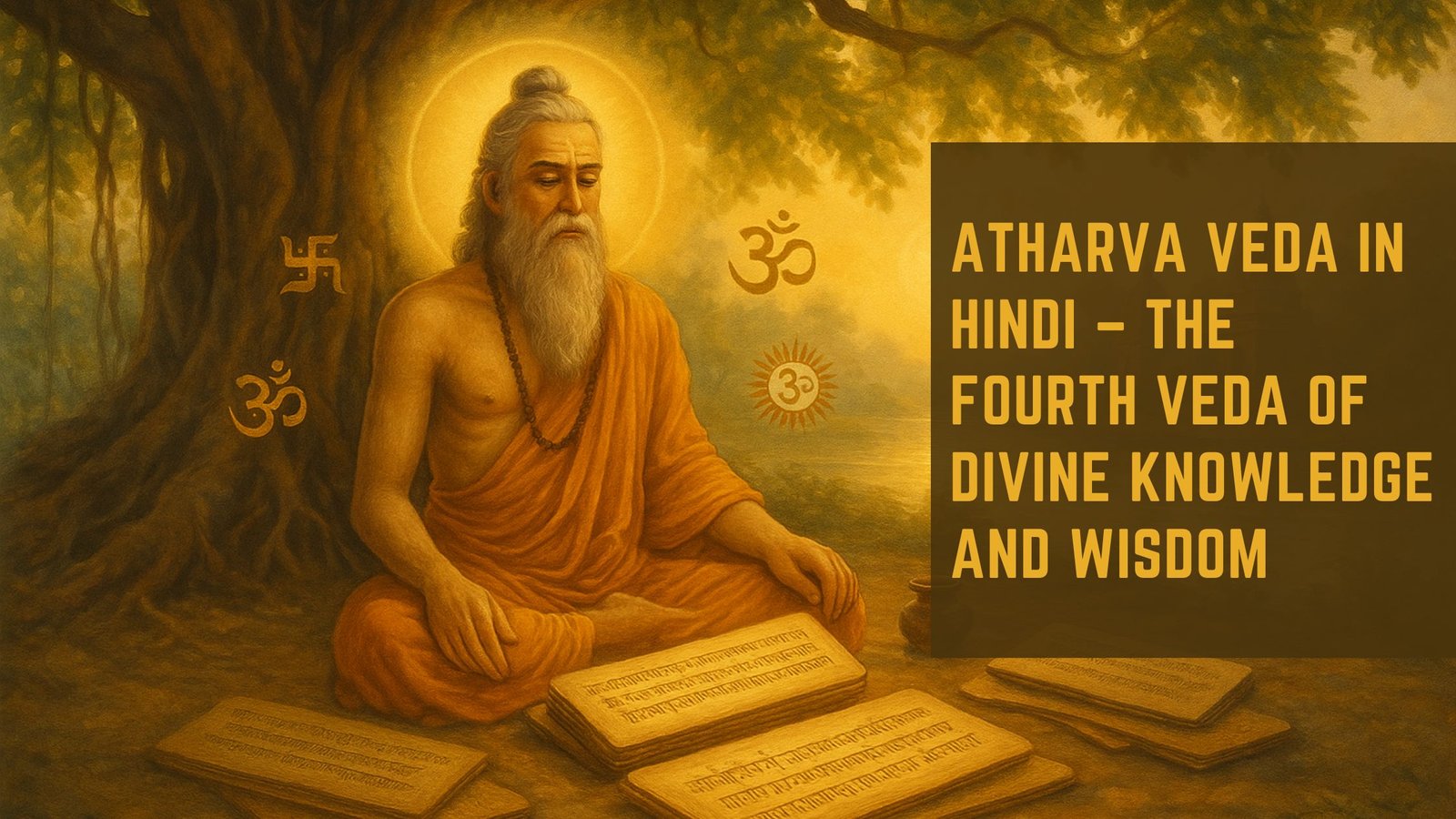The Bhagavad Gita, a revered text in Hindu philosophy, serves as a profound guide to understanding the complexities of life, duty, and spirituality. Within its verses, particularly in Chapter 4, Verse 13, the Gita articulates a pivotal concept: the relationship between action and the inherent nature of individuals. This verse emphasizes that all actions are performed by the three gunas—sattva (goodness), rajas (passion), and tamas (ignorance)—and that it is essential to recognize this interplay to achieve true wisdom.
The Gita is not merely a philosophical treatise; it is a dialogue between Prince Arjuna and Lord Krishna, who serves as his charioteer and divine guide. This conversation unfolds on the battlefield of Kurukshetra, where Arjuna grapples with his moral dilemmas and responsibilities as a warrior. In this context, Bhagavad Gita 4:13 invites readers to reflect on the nature of their actions and the motivations behind them.
It encourages individuals to transcend their ego-driven desires and recognize that their actions are part of a larger cosmic order. By understanding this principle, one can cultivate a sense of detachment from the outcomes of their actions, leading to a more profound sense of peace and fulfillment. The teachings of the Gita resonate across cultures and eras, offering timeless wisdom that remains relevant in contemporary society.
As individuals navigate their own battles—be they personal, professional, or spiritual—the insights gleaned from this sacred text can illuminate their paths.
Key Takeaways
- The Bhagavad Gita 4:13 emphasizes the importance of performing one’s duty with a focused mind, without attachment to the results.
- In the Bhagavad Gita, action is seen as a means of spiritual growth and a path to self-realization.
- Performing one’s duty is significant as it leads to personal growth, societal harmony, and spiritual evolution.
- The Bhagavad Gita teaches that attachment to the fruits of actions can lead to suffering and hinder spiritual progress.
- Finding balance between action and inaction is essential for leading a purposeful and fulfilling life.
Understanding the concept of action in the Bhagavad Gita
In the Bhagavad Gita, action is not merely a physical endeavor; it encompasses a broader spectrum of human experience, including thoughts, intentions, and emotions. The text delineates between different types of actions—those performed with selfish motives versus those executed with selflessness and duty in mind. The Gita posits that every individual is bound by their dharma, or duty, which is influenced by their unique circumstances, roles, and responsibilities.
This understanding of action encourages individuals to engage in their duties with sincerity and dedication while remaining aware of the larger context in which they operate. Moreover, the Gita introduces the idea that actions are governed by the three gunas, which shape human behavior and decision-making. Sattva represents purity and harmony; rajas embodies passion and activity; while tamas signifies inertia and ignorance.
Recognizing how these qualities influence one’s actions can lead to greater self-awareness and personal growth. By striving to cultivate sattva through virtuous actions and intentions, individuals can elevate their consciousness and contribute positively to the world around them. This nuanced understanding of action encourages a holistic approach to life, where every thought and deed is seen as an opportunity for growth and transformation.
The significance of performing one’s duty

Performing one’s duty is a central theme in the Bhagavad Gita, underscoring the importance of fulfilling responsibilities with integrity and commitment. The text emphasizes that each individual has a unique role to play in the grand tapestry of existence, and neglecting one’s duty can lead to chaos and imbalance. Arjuna’s initial reluctance to engage in battle stems from his emotional turmoil regarding his familial ties; however, Lord Krishna reminds him that adhering to his dharma as a warrior is essential for maintaining order in society.
This lesson resonates deeply with readers, highlighting that personal desires must sometimes be set aside for the greater good. The significance of duty extends beyond mere obligation; it is intertwined with one’s identity and purpose. When individuals embrace their responsibilities wholeheartedly, they contribute to a sense of fulfillment and meaning in their lives.
The Gita teaches that performing one’s duty without attachment to results fosters a sense of inner peace and satisfaction. This approach allows individuals to navigate challenges with resilience while remaining grounded in their values. Ultimately, the act of fulfilling one’s duty becomes a pathway to spiritual growth, as it encourages individuals to transcend their ego and connect with a higher purpose.
The role of action in spiritual growth
| Aspect | Importance |
|---|---|
| Intentional action | Crucial for spiritual progress |
| Consistent practice | Key to deepening spiritual growth |
| Service to others | Integral part of spiritual development |
| Mindful living | Supports spiritual evolution |
Action plays a pivotal role in spiritual growth according to the teachings of the Bhagavad Gita. The text asserts that spiritual evolution is not solely achieved through meditation or contemplation but is also realized through active engagement in the world. By participating in life’s myriad experiences—both joyful and challenging—individuals can cultivate virtues such as patience, compassion, and humility.
The Gita encourages practitioners to view every action as an opportunity for learning and self-discovery, thereby transforming mundane tasks into sacred practices. Furthermore, the Gita emphasizes that spiritual growth is inherently linked to selfless action. When individuals act without attachment to personal gain or recognition, they align themselves with a higher consciousness that transcends individual desires.
This selflessness fosters a sense of unity with all beings, allowing individuals to experience a deeper connection to the universe. As one engages in selfless actions, they gradually shed layers of ego and illusion, paving the way for spiritual awakening. Thus, action becomes not just a means of survival but a vital component of one’s spiritual journey.
Overcoming attachment to the fruits of actions
One of the most profound teachings in the Bhagavad Gita is the importance of overcoming attachment to the fruits of one’s actions. This principle encourages individuals to focus on their efforts rather than becoming fixated on outcomes or results. Lord Krishna advises Arjuna to perform his duty without concern for success or failure, emphasizing that true wisdom lies in detachment from results.
This teaching resonates deeply in a world often driven by achievement and external validation. By relinquishing attachment to outcomes, individuals can experience greater freedom and peace of mind. This detachment does not imply apathy or negligence; rather, it signifies an understanding that while one can control their actions, they cannot dictate the results.
Embracing this perspective allows individuals to engage fully in their endeavors without fear of failure or disappointment. It fosters resilience in the face of challenges and cultivates an attitude of acceptance toward whatever life presents. Ultimately, overcoming attachment leads to a more profound sense of fulfillment, as individuals learn to find joy in the process rather than solely in achievements.
Finding balance between action and inaction

The Bhagavad Gita also addresses the delicate balance between action and inaction—a theme that resonates with many seeking harmony in their lives. While action is essential for progress and growth, there are moments when stillness and reflection are equally important. The text teaches that one must discern when to act decisively and when to pause for contemplation.
This balance is crucial for maintaining mental clarity and emotional stability. In practice, finding this equilibrium requires self-awareness and mindfulness. Individuals must cultivate an understanding of their inner rhythms and external circumstances to determine when action is warranted or when it is time for introspection.
This harmonious interplay between action and inaction ultimately leads to a more balanced existence.
The importance of selfless action
Selfless action is a cornerstone of the teachings found within the Bhagavad Gita. The text advocates for performing one’s duties without any expectation of reward or recognition—a practice known as Nishkama Karma. This principle emphasizes that true fulfillment arises from serving others rather than seeking personal gain.
By engaging in selfless actions, individuals contribute positively to society while simultaneously nurturing their own spiritual growth. The significance of selfless action extends beyond individual benefits; it fosters a sense of community and interconnectedness among all beings. When individuals act out of genuine concern for others’ well-being, they create ripples of compassion that can transform lives and communities.
The Gita teaches that such actions are not only virtuous but also essential for achieving inner peace and harmony with the universe. As individuals embrace selflessness, they cultivate qualities such as empathy, kindness, and generosity—traits that enrich both personal relationships and societal dynamics.
Applying the teachings of Bhagavad Gita 4:13 in daily life
The teachings encapsulated in Bhagavad Gita 4:13 offer invaluable insights for navigating the complexities of modern life. By understanding the nature of action, duty, selflessness, and detachment from outcomes, individuals can cultivate a more meaningful existence rooted in purpose and fulfillment. Applying these principles requires conscious effort; however, the rewards are profound—a deeper connection with oneself, others, and the universe at large.
Incorporating these teachings into daily life involves embracing one’s responsibilities with sincerity while remaining open to learning from every experience. It encourages individuals to engage actively with their surroundings while fostering an attitude of acceptance toward whatever unfolds. By practicing selfless action and striving for balance between effort and stillness, individuals can navigate life’s challenges with grace and resilience.
Ultimately, the wisdom found within the Bhagavad Gita serves as a timeless guide for those seeking clarity amidst chaos—a beacon illuminating the path toward spiritual growth and fulfillment in an ever-changing world.
In Bhagavad Gita chapter 4 verse 13, Lord Krishna explains the importance of performing one’s duties without attachment to the results. This concept is further explored in an article titled “The Power of Faith” on TheGita.in website. The article delves into the idea of having faith in the divine plan and surrendering to the will of God, as discussed in the sacred text. It provides insights on how faith can help individuals navigate through challenges and uncertainties in life, ultimately leading to inner peace and spiritual growth. To read more about this topic, visit The Power of Faith.
FAQs
What is the significance of Bhagavad Gita chapter 4 verse 13?
Bhagavad Gita chapter 4 verse 13 emphasizes the importance of understanding the concept of the four varnas (social classes) in Hindu society and the duties associated with each varna.
What are the four varnas mentioned in Bhagavad Gita chapter 4 verse 13?
The four varnas mentioned in Bhagavad Gita chapter 4 verse 13 are Brahmins (priests and scholars), Kshatriyas (warriors and rulers), Vaishyas (traders and agriculturists), and Shudras (laborers and service providers).
What are the duties associated with each varna according to Bhagavad Gita chapter 4 verse 13?
According to Bhagavad Gita chapter 4 verse 13, Brahmins are responsible for studying and teaching the scriptures, Kshatriyas are responsible for protecting the society and maintaining law and order, Vaishyas are responsible for trade and agriculture, and Shudras are responsible for providing service and labor.
How does Bhagavad Gita chapter 4 verse 13 relate to the broader teachings of the Bhagavad Gita?
Bhagavad Gita chapter 4 verse 13 is part of the broader teachings of the Bhagavad Gita, which emphasizes the concept of duty (dharma) and the importance of fulfilling one’s responsibilities in society. It also highlights the idea of performing actions without attachment to the results.















